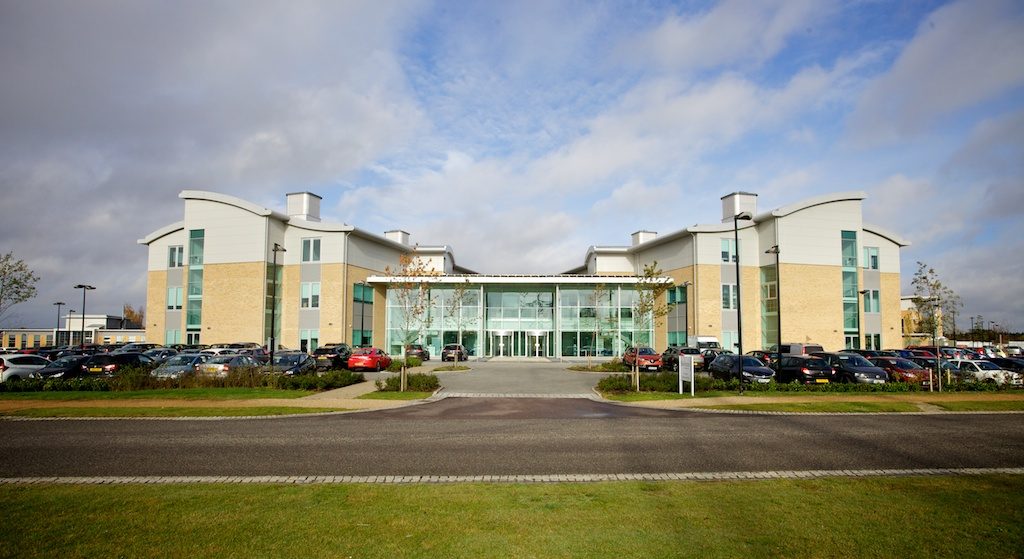
Uttlesford District Council is negotiating a £45m property purchase funded by a mix of borrowing sources — including a private source undercutting the Public Works Loan Board rate.
The council will take a 50% stake in Chesterford Research Park near Cambridge from Aviva Investors.
The council will own and manage its stake through a new standalone company, Aspire (CRP), with Aviva remaining asset managers at the park.
Tenants at the park include Astrazeneca, the pharmaceuticals giant, as well as Illumina, the genetics analysis specialists and Arecor, experts in biopharmaceuticals.
A spokesman for the council told Room151: “We are currently negotiating the long-term funding arrangement with a private sector funder who undercut the PWLB rates for the initial loan, and who has provided extremely competitive pricing for the forward funding loans.”
He said that other funding will come from internal borrowing and borrowing from other local authorities at a rate of 0.22% a year.
“Diversifying the loan portfolio spreads the risk, whilst forward funding locks in on excellent fixed rates whilst allowing us to take advantage of the current low cost of LA borrowing,” the spokesman said.

The deal will generate an initial yield of 5.6% a year for the council rising to 6.3% by year five.
The council, via a wholly-owned company, will receive around £2.5m in the first full year of trading. The cost of borrowing to fund the loan will be roughly £1.3m, leaving a surplus for the council of £1.2m. The business plan forecasts this level to increase each year to a gross return of £2.85m with a surplus of £1.3m by the end of year five.
The council’s treasury management strategy allows it to borrow up to £250m to spend on property investment.
In recent weeks, some commentators have raised worries about the risks that local authorities are taking in large scale property investment to generate income for services.
However, the statement from the council said: “The council recognises that any commercial venture carries risk.
“The council will hold, at all times, a reserve equivalent to one year’s loan repayment so that, if the worst case scenario should happen there is time to implement a revised strategy.
“For the business case to not work it would be necessary for at least three of the major occupiers (there are nine in total) to go out of business at the same time and for no replacement occupiers to be found.”













